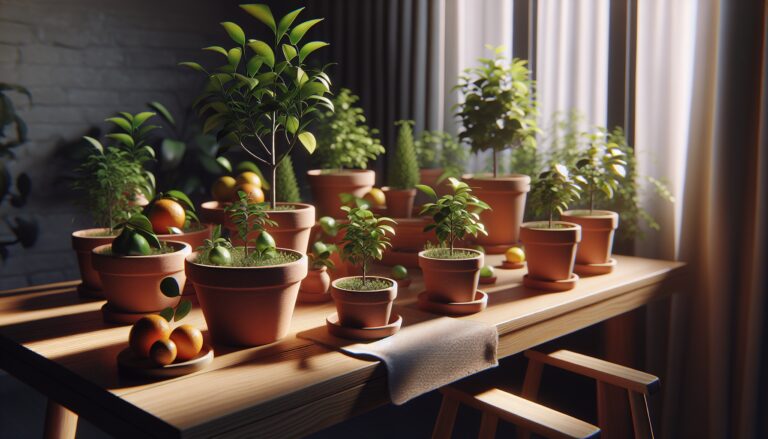Argomenti trattati
Why choose mini citrus trees for indoor gardening?
Growing citrus trees indoors can transform your living space into a vibrant tropical oasis. Mini citrus trees, particularly dwarf varieties, are perfect for indoor gardening enthusiasts who may lack outdoor space. These compact plants not only add aesthetic appeal but can also yield delightful fruits, provided they receive adequate care. With the right conditions, you can enjoy the beauty of fragrant blossoms and the satisfaction of harvesting your own citrus fruits right from your home.
Top mini citrus varieties for indoor growth
When selecting citrus trees for indoor cultivation, consider varieties that thrive in pots and have a manageable size. Dwarf kumquats are a popular choice, typically growing under three feet tall. They produce small, tart fruits that are perfect for culinary uses, from marmalades to cocktails. To enhance fruit production, ensure they receive at least eight hours of direct sunlight daily and hand-pollinate their flowers using a Q-tip or brush.
Another excellent option is the variegated lemon, known for its striking white-edged leaves. This variety not only offers visual interest but also produces fragrant flowers. While getting them to bloom can be challenging, providing bright light and using fertilizer designed for acid-loving plants can help. If possible, moving the tree outdoors during warm weather can significantly boost its growth.
Unique choices for adventurous gardeners
If you’re looking for something unusual, consider Australian finger limes. These unique trees produce elongated fruits filled with tiny, juice-filled beads, making them a trendy garnish for cocktails. They thrive in 10- to 14-inch pots and require a potting mix suitable for acid-loving plants. You can create your own mix by combining potting soil, vermiculite, and coconut coir.
For those interested in tangerines and mandarins, varieties like ‘Owari Satsuma’ and ‘Tango’ are ideal for indoor settings. These trees typically reach heights of six to eight feet when potted and are self-fertile, meaning you only need one tree to produce fruit. Like other citrus, they benefit from summer outdoor exposure but must be brought inside before the cold sets in.
Care tips for thriving indoor citrus trees
To ensure your indoor citrus trees flourish, maintain a consistent watering schedule and monitor humidity levels. Key lime plants, for instance, can fruit reliably indoors if kept moist and in a humid environment. A humidifier can help maintain humidity levels between 50-70%. Similarly, Meyer lemon trees are favored for their sweet fruit and fragrant flowers. They thrive under bright sunlight and regular watering, and can also benefit from seasonal pruning to maintain their shape.
Lastly, Calamondin oranges are a compact option, growing to about four feet tall and producing small, sour oranges. They thrive in direct sunlight and should be placed outdoors during the summer months for optimal fruiting. Always check for pests before bringing them back indoors in the fall.

